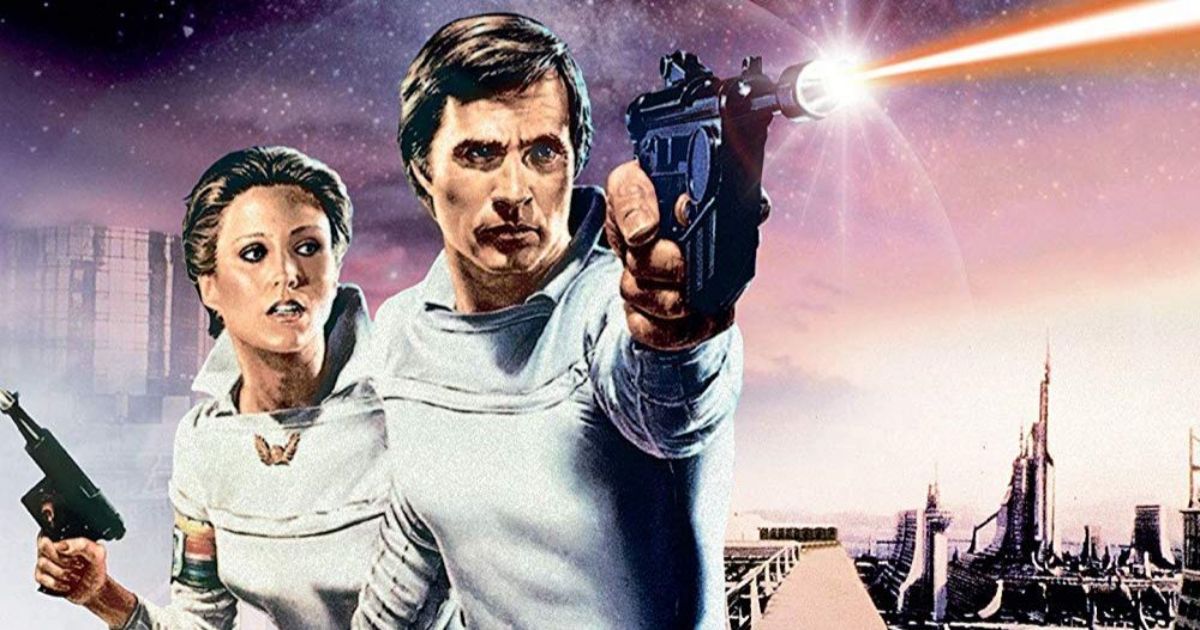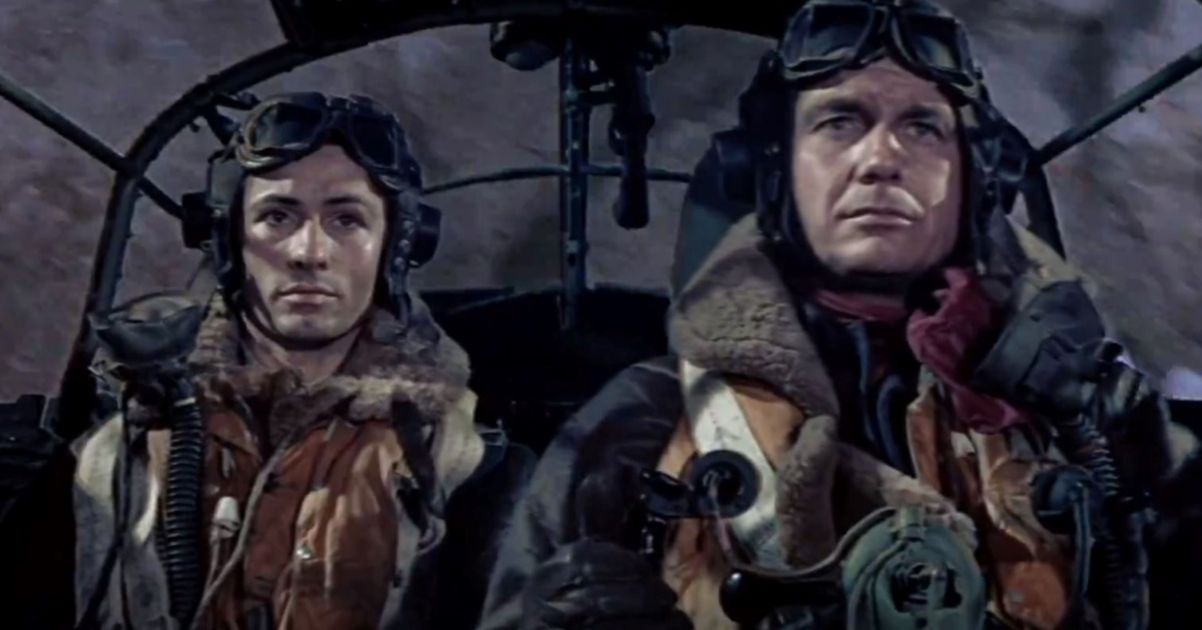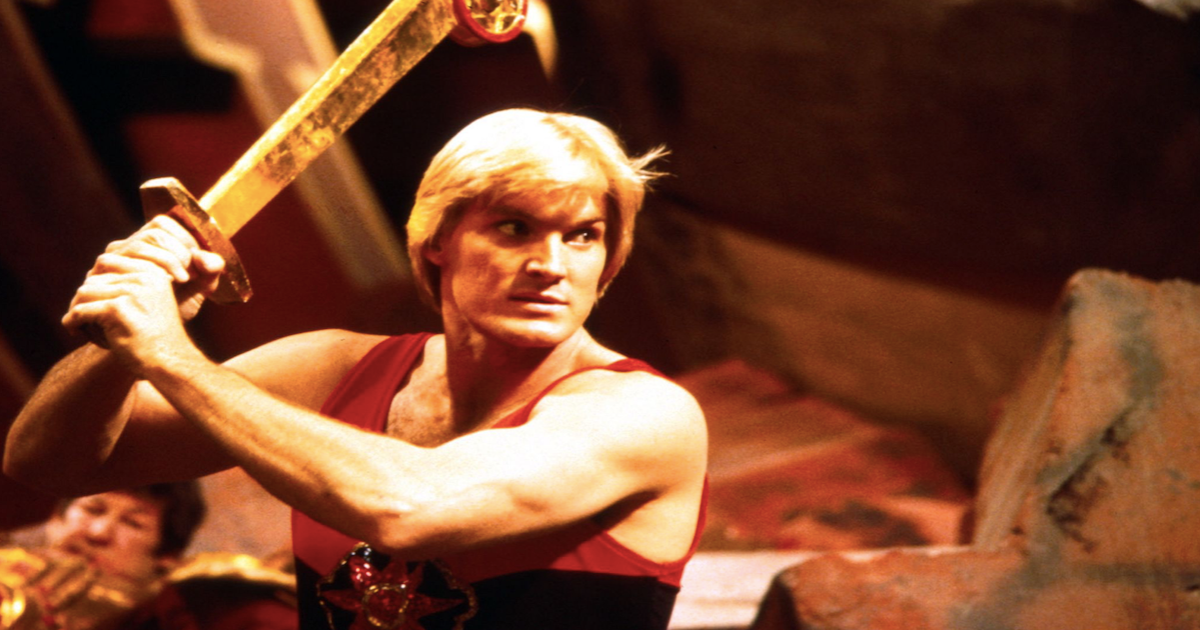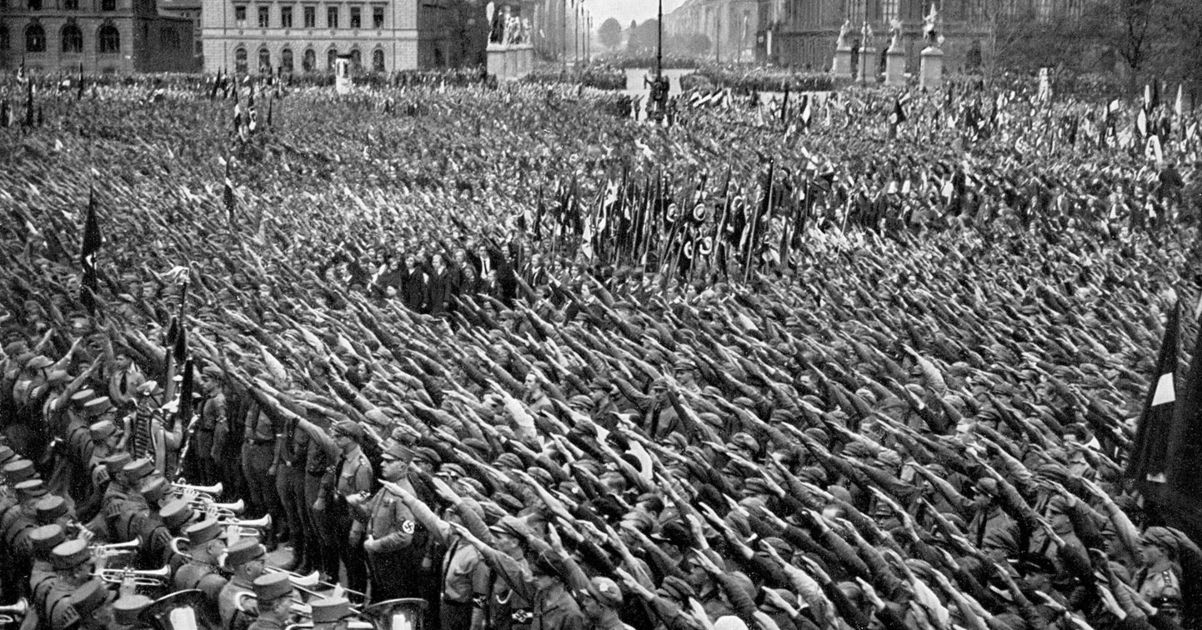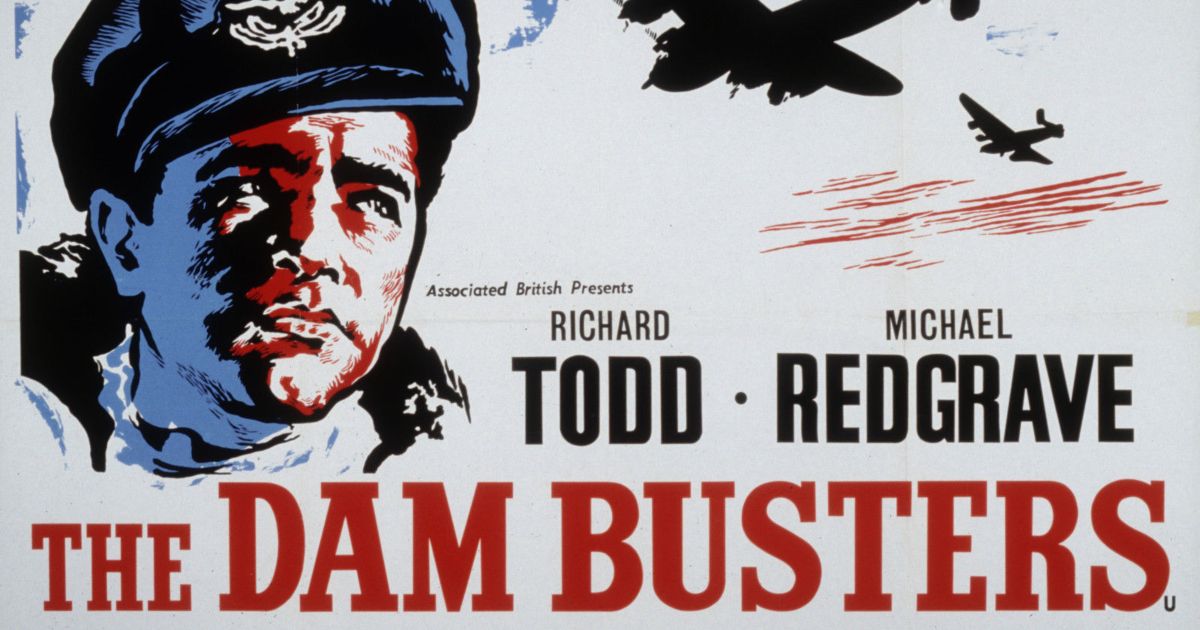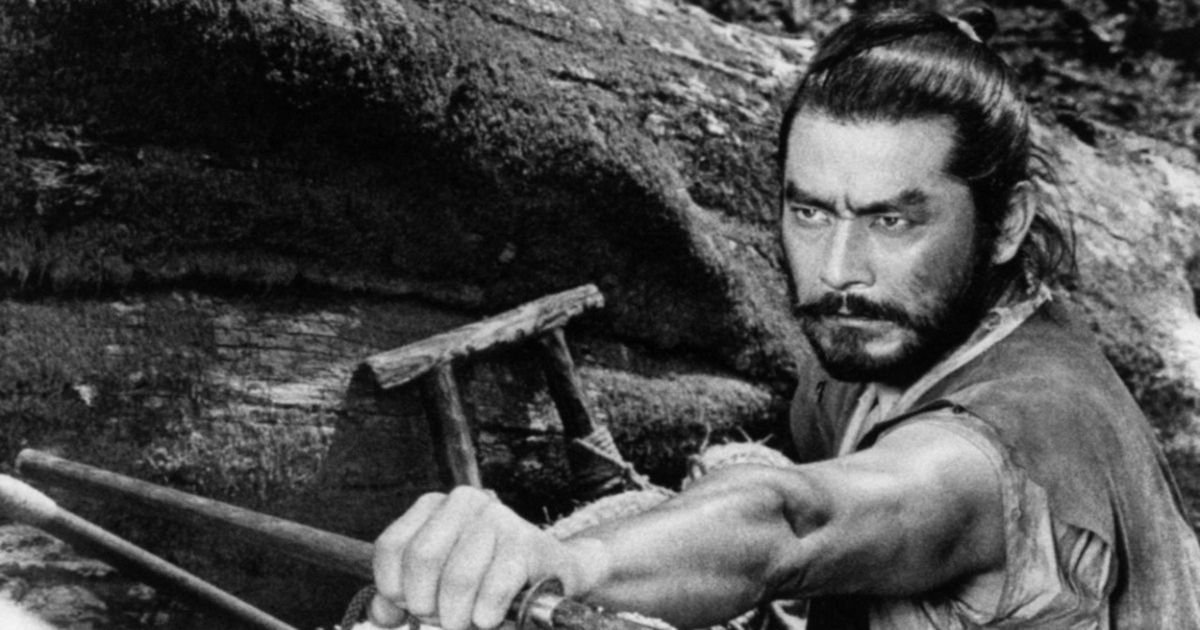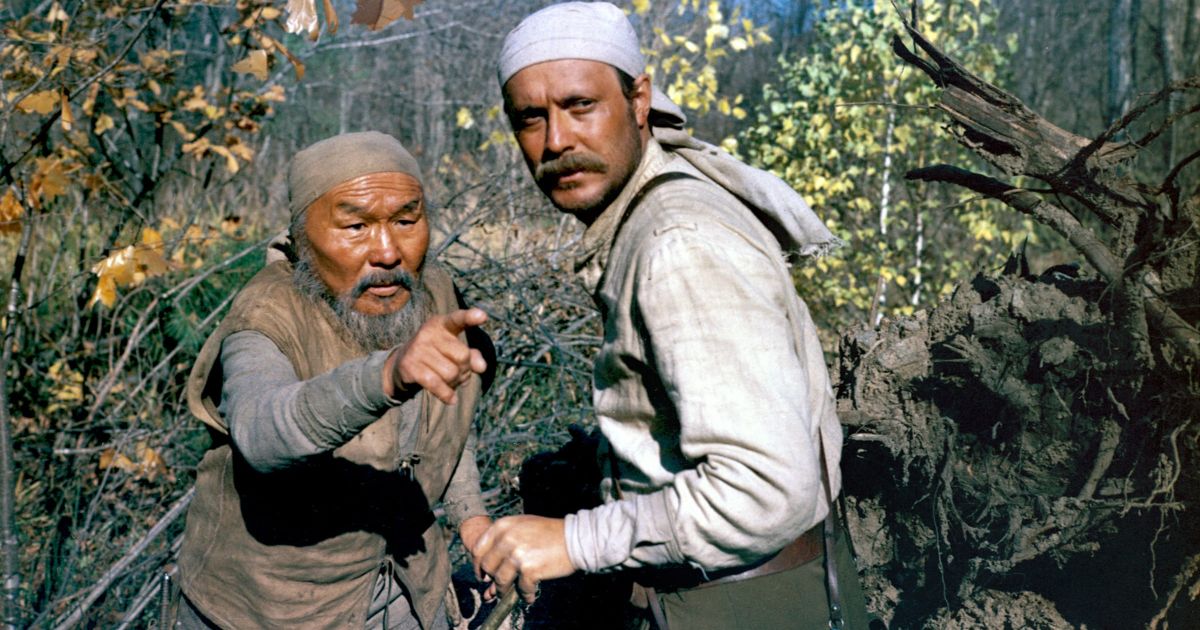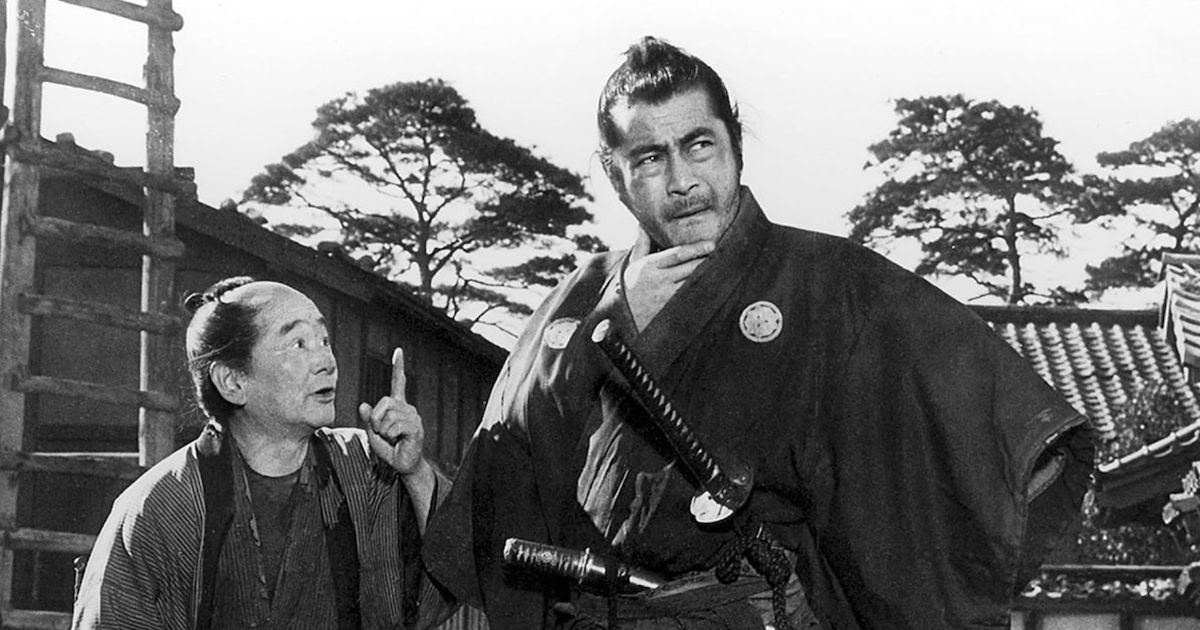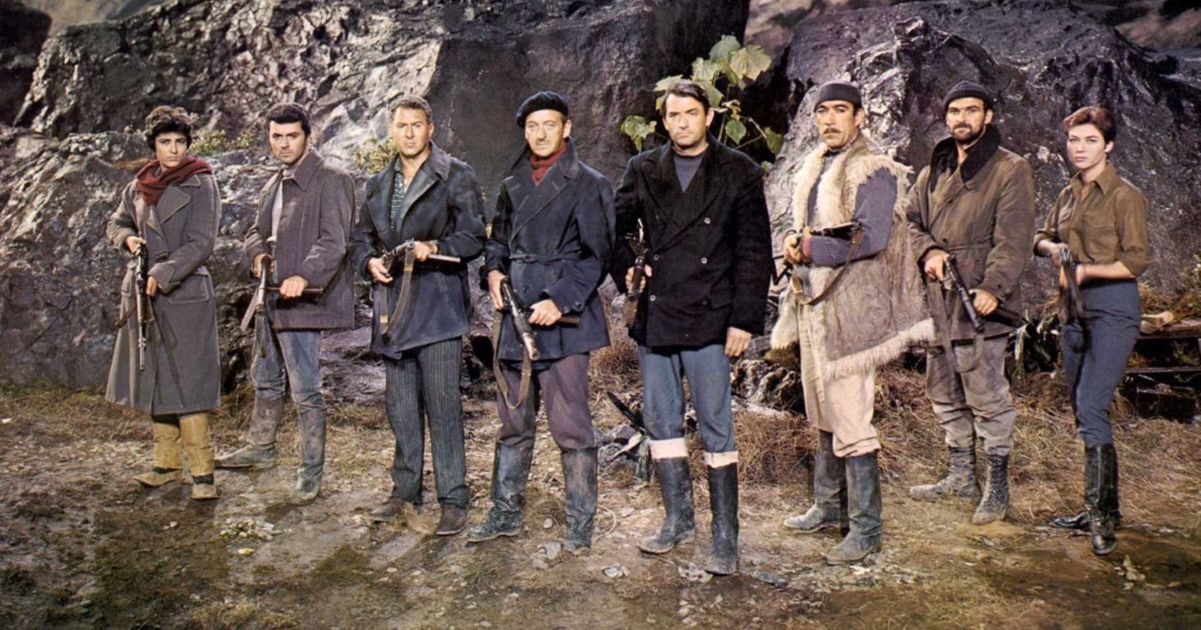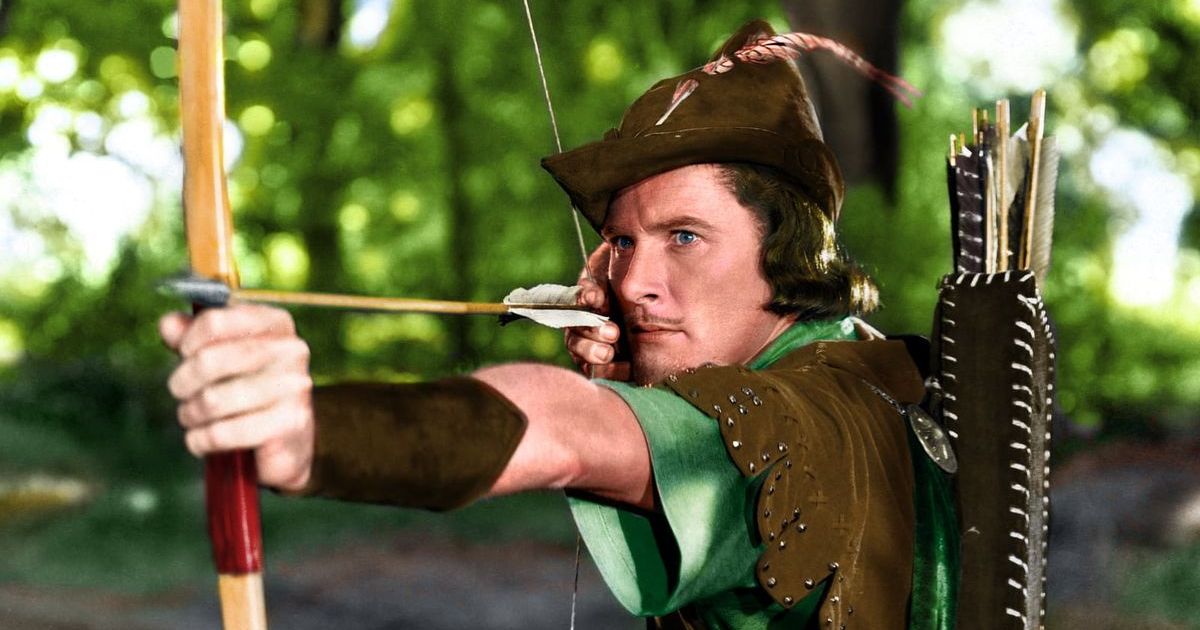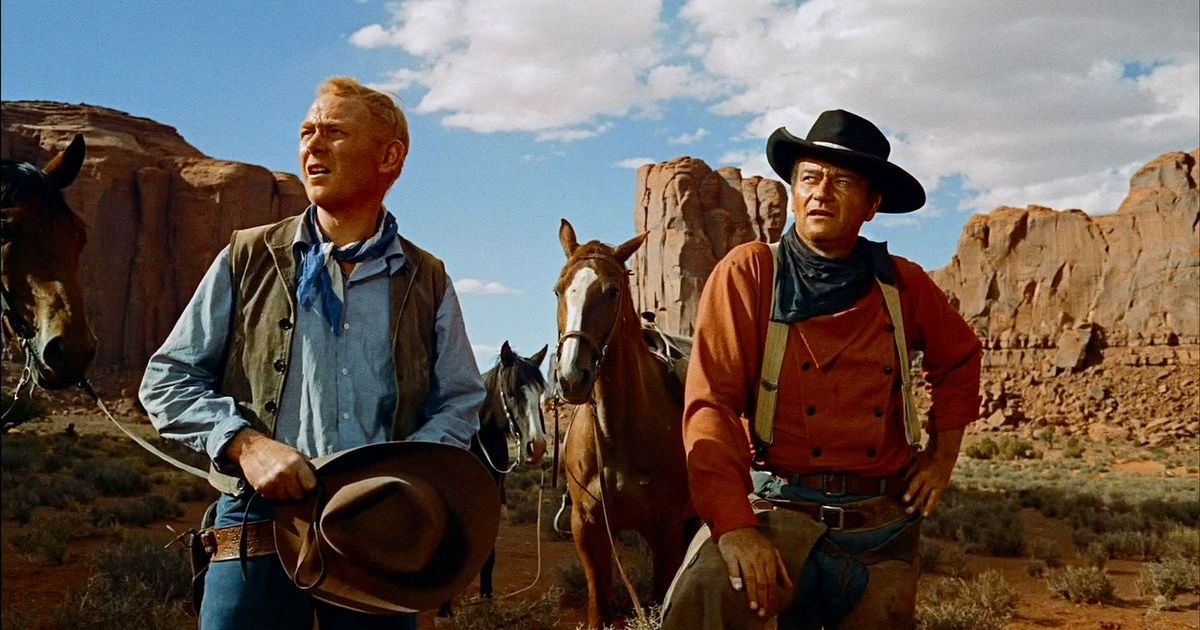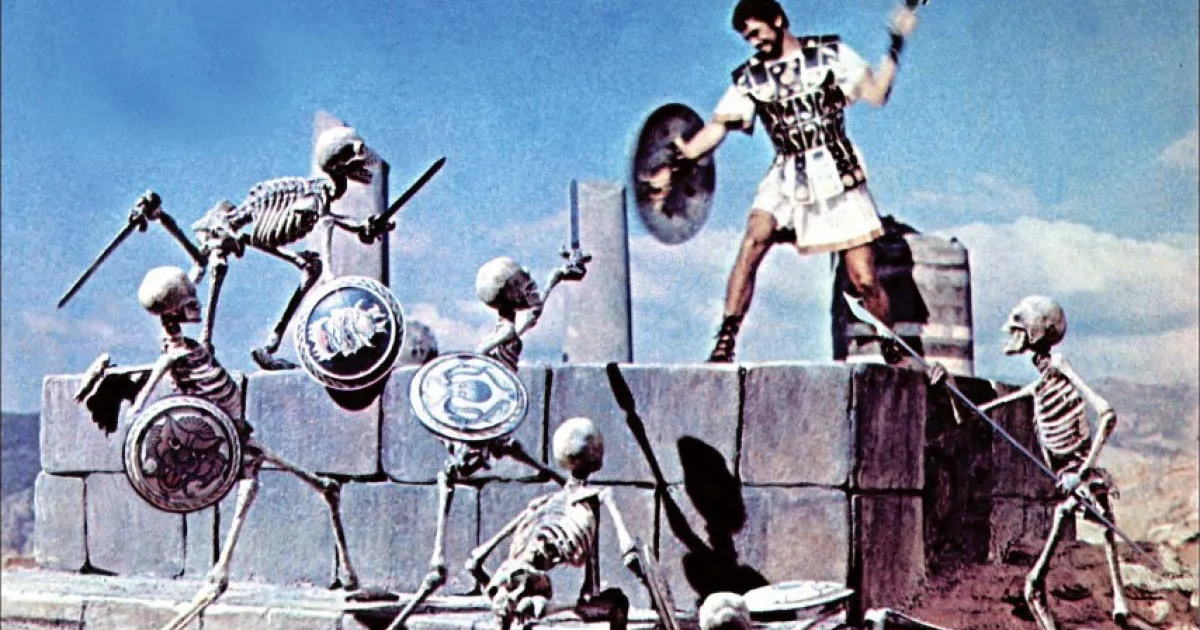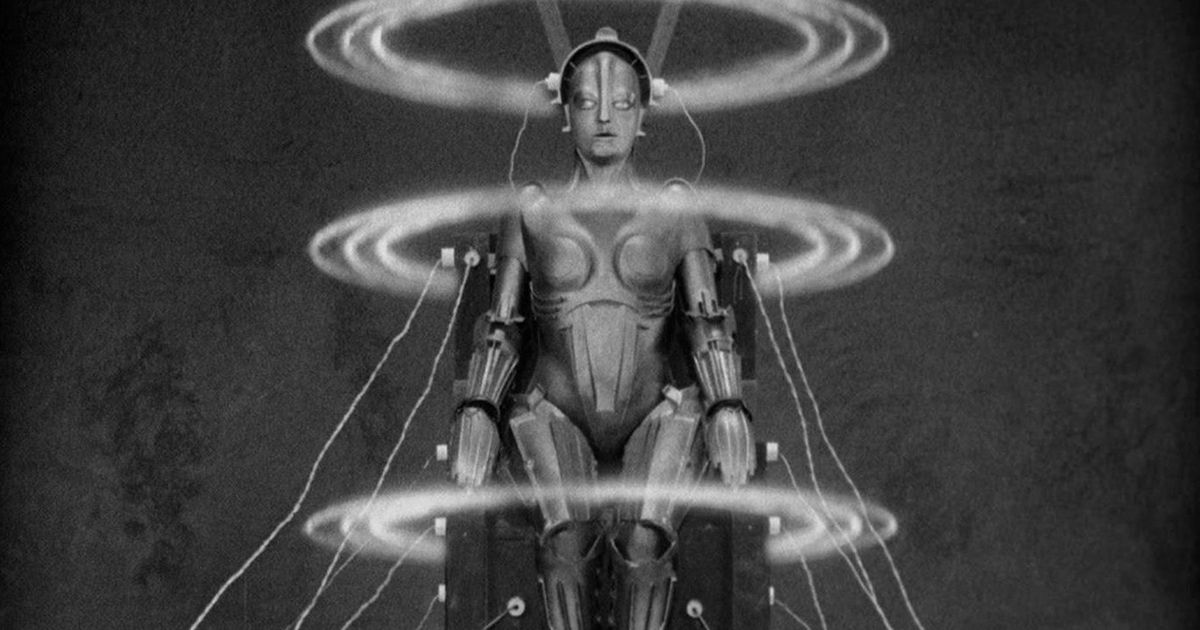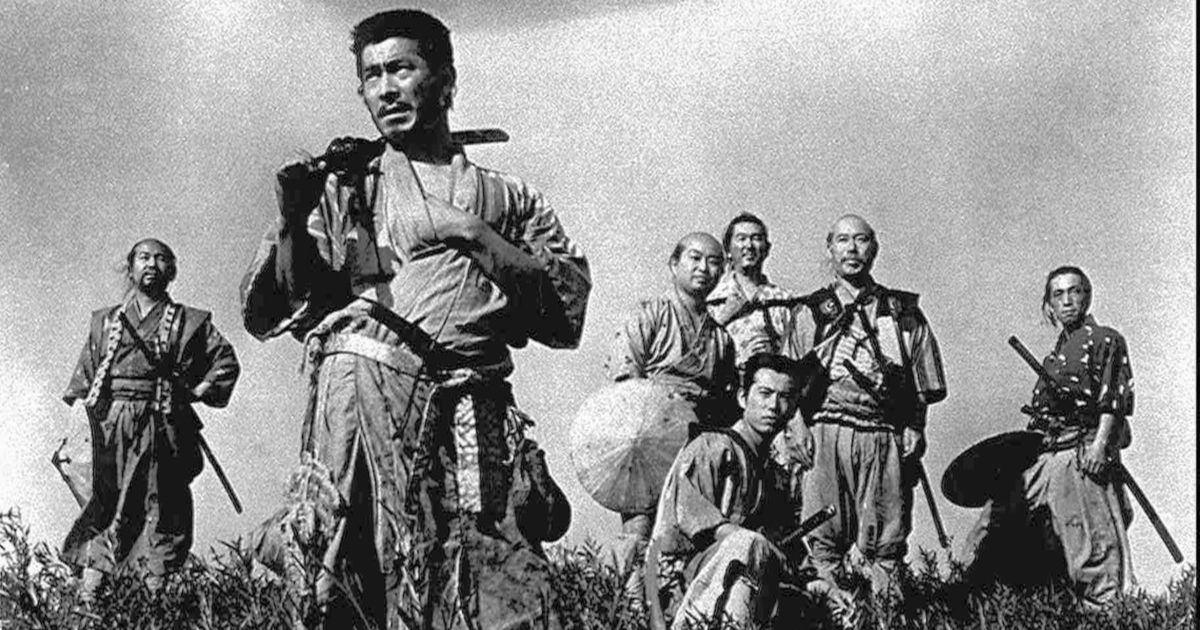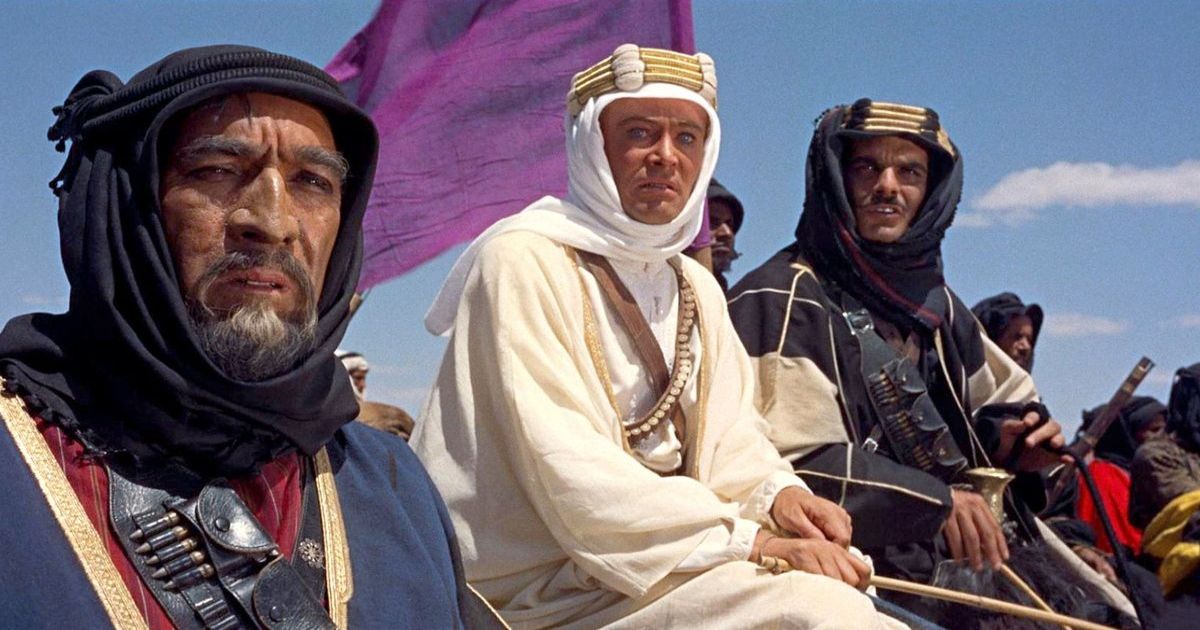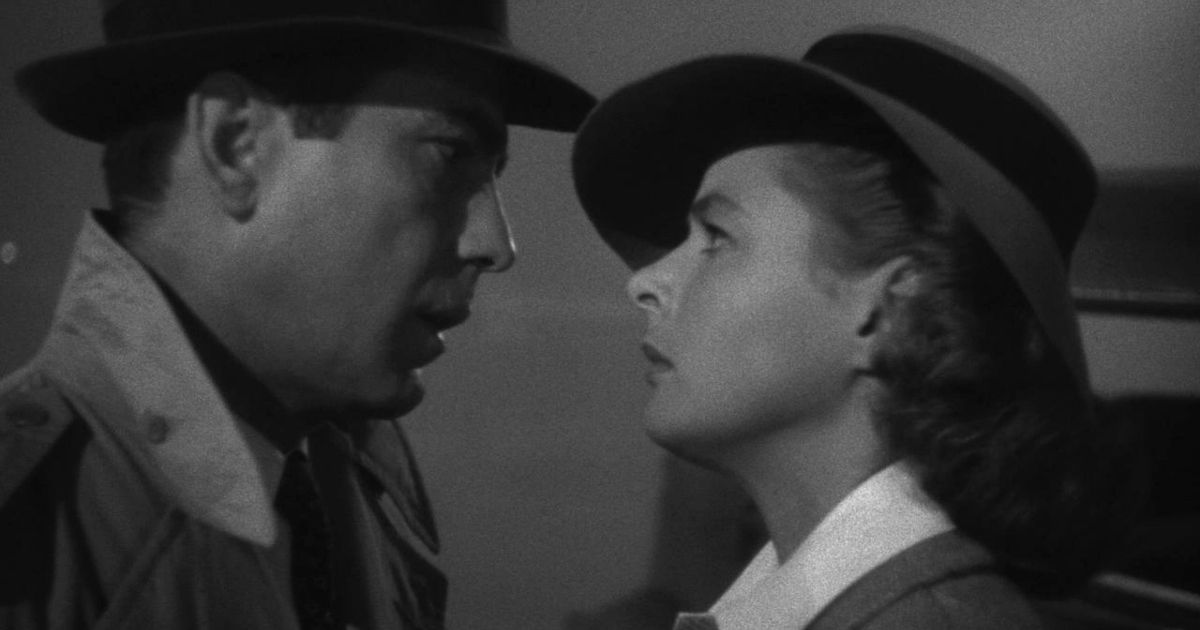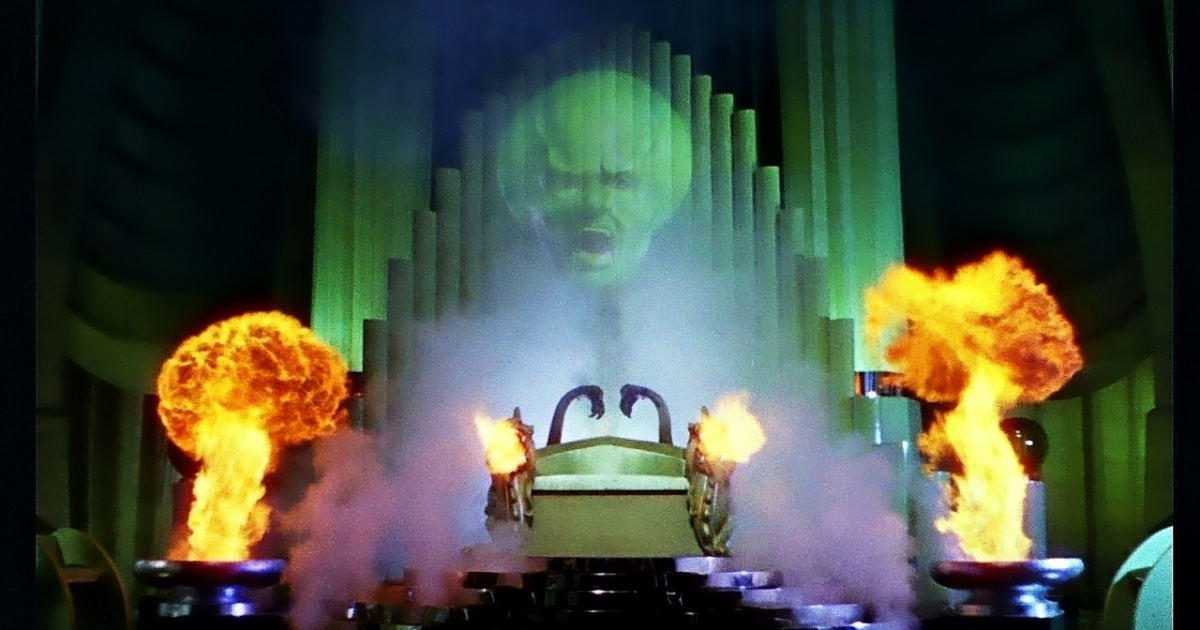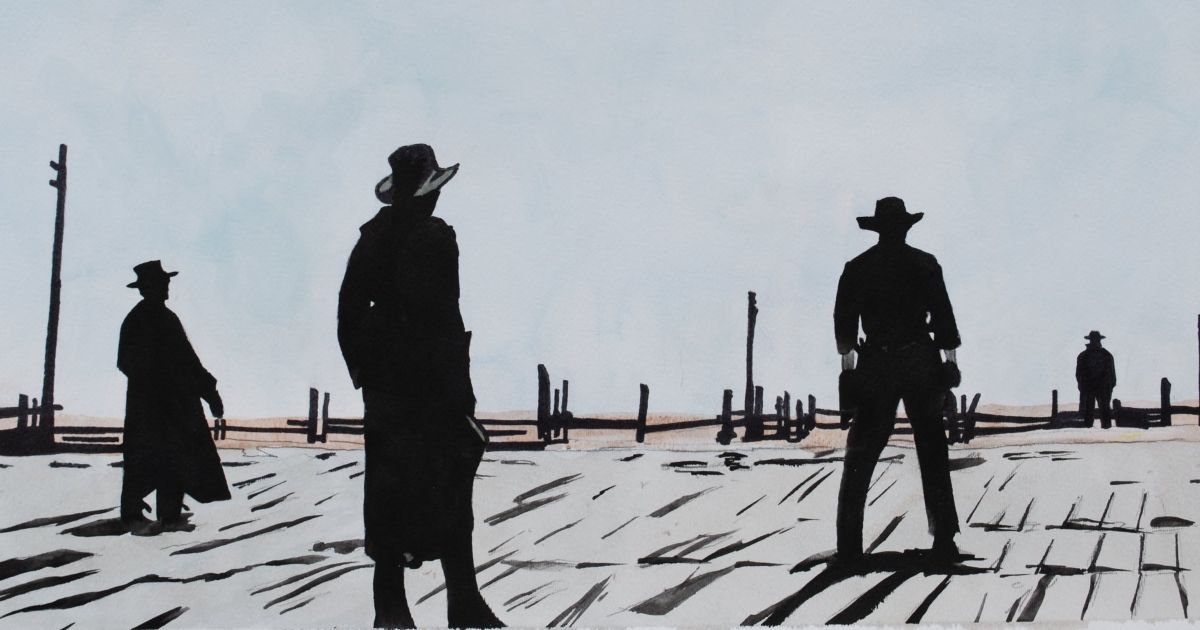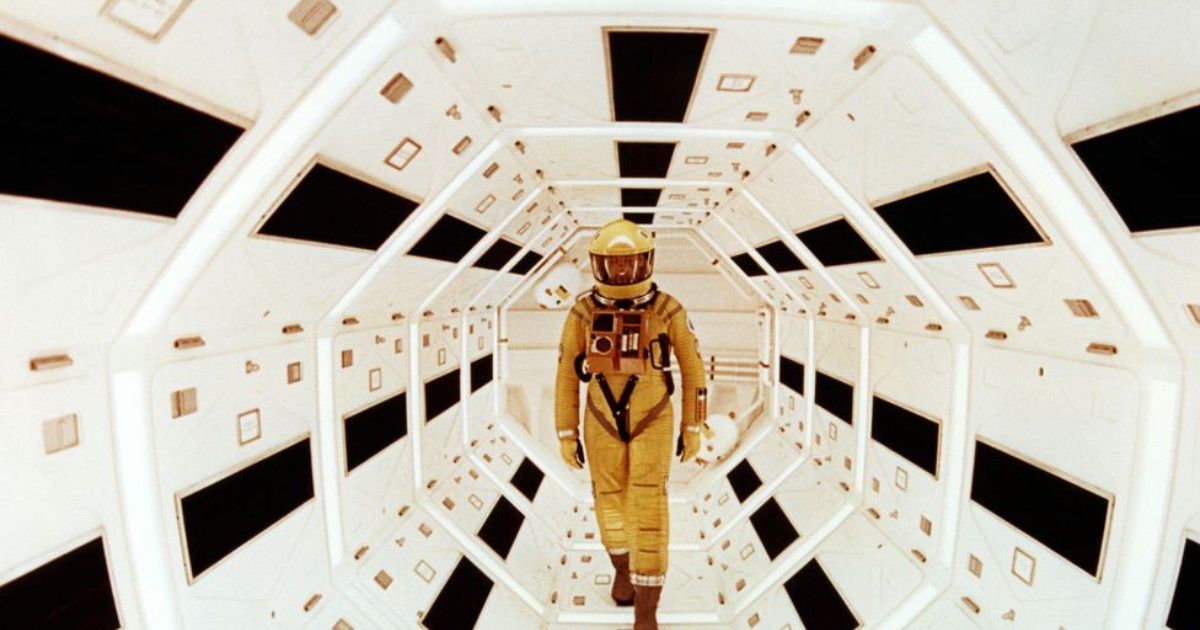“Good artists borrow, great artists steal.” – Picasso
No art is created in a vacuum. When new art emerges it is inherently participating in a dialogue with all works preceding it. The history of art is a continuum of humanity’s creative side. Though art does not necessarily have any winners or losers, it does have its successes and failures. Successful artists live up to their predecessors, channeling their heroes’ works with ingenuity and nuance. Through the synthesis of an artist’s inspirations, something new and original is born. In this way, great works are continually built upon great works. Sometimes however, there comes an artistic synthesis so sensational that it becomes the new standard, the latest precedent. For the film industry in 1970s Hollywood, it was Star Wars.
Now legendary filmmaker George Lucas was a fan of science fiction, war, samurai, western, and historical films before the creation of Star Wars. If you watch his favorite films, you may be able to identify the litany of plot points, archetypes, and shot compositions that were directly adapted into Star Wars. Like all the best artists, George Lucas created his magnum opus on the shoulders of giants. The following list contains the 20 most important films that George Lucas took from to create Star Wars.
20 The Fighting Devil Dogs
A 1938 movie serial from Republic Pictures, The Fighting Devil Dogs was not considered a great production for its time. This is due to the serial’s heavy usage of stock footage and multiple recap chapters. It is however, famous for its iconic main villain The Lightning. In the plot, US Marines are on a mission in Singapore to uncover the threat of the masked terrorist The Lightning. Draped in all black attire, the cloak and helmet wearing antagonist is a design strikingly similar to Darth Vader.
Like Vader, The Lightning is a pilot of his personal aircraft, flying wing. He also notably has the ability to shoot lightning out of his hands, a power which was given to Sith Lords in Star Wars. When protagonist Lt. Grayson’s father is killed by The Lightning, the fight becomes personal. This echos Luke Skywalker’s belief that Darth Vader killed his father being a motivating factor in his fight against the Empire.
19 Buck Rogers
A science fiction serial produced by Universal, Buck Rogers was a major breadwinner for the studio in 1939. The Aviation genre was predicted to outrank Westerns in popularity, but thanks to serials like Buck Rogers, they were both trumped by science fiction. The plot features protagonist Lt. Buck Rogers as part of the crew of an airship which goes down flying over the North Pole. After being instructed to release experimental Nirvino Gas into the air, Buck is inadvertently placed in suspended animation for 500 years. Perhaps this is where George Lucas got the idea to put Han Solo in carbonite. Upon waking after 500 years, Buck finds the world is now ruled by a ruthless dictator with an army of Super-Racketeers. Such is very similar to the Emperor and his army of storm troopers.
Earth’s only refuge is found in The Hidden City, run by the charming scientist Dr. Huer. Cloud City from Star Wars: Episode V, The Empire Strikes Back, is similarly posed to the audience and the rebel alliance, as a safe place ran by the charismatic Lando Calrissian. However, George Lucas cleverly inverts this concept at the film’s climax when it is revealed that Cloud City has been taken under siege by the Galactic Empire. Additionally, the Buck Rogers serial contains interplanetary travel and warfare.
18 633 Squadron
A decade and some change before Star Wars, this 1964 British/American war film features the exploits of a fictional British Bomber Squadron during World War II. 633 Squadron is based on a novel of the same name, written by a real former member of the Royal Air Force. Scenes from this film featuring pilots in their cockpits bare a great resemblance to shots of Luke Skywalker piloting his X-Wing. The film’s climax features the squadron flying through a long, narrow forge while being fired upon by anti-aircraft guns. The scene is George Lucas’ direct inspiration for the trench run in Star Wars: Episode IV, A New Hope. Notably, it is the first aviation film shot in color and Panasonic widescreen.
17 Flash Gordon
Another 30s science-fiction serial, Flash Gordon holds a special place in history. The rather zany ventures of the football quarterback turned interplanetary agent of justice have been preserved in the United States National Film Registry by the Library of Congress for its cultural and aesthetic significance. Wildly significant to George Lucas, who hoped to remake the serial for theatrical release. However, unable to acquire the rights to do so, he took the road less traveled, crafting his own space opera that would permeate all throughout culture as a kingpin of sci-fi blockbusters.
Flash’s adventure begins with a visit to an alien planet where he encounters the evil Emperor Ming. The Emperor’s daughter ends up turning on her father and his evil ways, a plot point which George Lucas transmuted into Star Wars as warring factions father-daughter relationship of Darth Vader and Princess Leia.
Luke Skywalker’s haircut seems to be lifted off of Flash Gordon as well.
16 The Triumph of the Will
Triumph des Willens in German, The Triumph of the Will is an ethically morose piece of history. The 1935 German Nazi propaganda film was commissioned by Adolf Hitler to bolster German morale by attempting to show the strength of the Nazi party. The film was directed, edited, produced, and co-written by Leni Riefenstahl. Her moving camera shots and aerial photography, when combined with music, affected viewers.
Riefenstahl’s camera techniques were so powerful that George Lucas lifted imagery from the propaganda film into Star Wars. Most recognizably, the ceremony scene at the end of A New Hope, resembles the grandiosity of the Nazi propaganda film. Lucas also took inspiration from the implementation of music in the scene to associate certain feelings with the rebel alliance.
15 The Dam Busters
The Dam Busters is a 1955 British war epic which depicts the true story of operation Chastice. The real operation Chastice involved the Royal Air Force attacking Germany by bombing several dams, causing flooding. The film shares the same cinematography tropes of other aviation films that were adapted into Star Wars. This film uniquely offers an emotional aspect to the war. The Royal Air Force deals with the mixed emotions of a successful mission which yielded some comrades compromised. This theme is explored in Star Wars through the inclusion of a character like Luke’s gunner Dak in The Empire Strikes Back. The special bombing technique included in this film, along with 633 Squadron inspired the trench run sequence in A New Hope.
14 The Hidden Fortress
The Hidden Fortress is a Japanese adventure film created by Akira Kurosawa in 1958. Many know Akira Kurosawa’s samurai were a great inspiration to George Lucas’ Sith and Jedi. Primarily the sword fighting style seen in the original trilogy is visually reminiscent of Kurosawa’s films. The Hidden Fortress in particular in particular reflects the role of Han Solo and Chewbacca in A New Hope.
In The Hidden Fortress, two peasants agree to escort a man and a woman in exchange for gold. However, the peasants are unaware that they are escorting a princess and a war general! George Lucas borrowed this plot point for the beginning of A New Hope, as Han Solo and Chewbacca are unaware that their guest passengers are the son of Darth Vader and general Kenobi from the Clone Wars.
13 Dersu Uzala
Another film by the prolific director Akira Kurosawa, Dersu Uzala is a Soviet-Japanese film based on the memoir by Russian explorer Vladimir Arsenyev. It is notable for being Akira Kurosawa’s only non-Japanese language film as well as the only film he shot on 70mm film. The film takes place outdoors in the wilderness and follows a friendship between two people of profoundly different backgrounds. The environment as well as the character dynamic is the blueprint for Yoda and Luke Skywalker’s relationship in Star Wars. Thematically, the film is about the difficulties in facing the loss of capability which eventually comes to all who age. This theme is similarly found in Star Wars as Yoda, as well as Obi-Wan, who must accept their usefulness and pass on the torch to Luke when they become one with the force.
12 Yojimbo
The 1961 Samurai film Yojimbo by Akira Kurasawa is about a ronin who comes upon a town with two feuding crime lords who both wish to hire the traveler for protection. The ronin takes interest in a farmer’s child who abhors the thought of having to spend his days as a farmer. That youth has a lot in common with Luke Skywalker who desperately wanted nothing to do with another season’s harvest on uncle Owen’s moisture farm. The youth in Yojimbo ends up joining a group called the gamblers, whereas Luke becomes a pilot for the rebel alliance. The crime lords of Yojimbo are represented in Star Wars via character’s like Jabba The Hutt.
11 The Guns of Navarone
A 1961 adventure war film, The Guns of Navarone displays the efforts of an allied commando group to destroy what is believed to be an impregnable German fortress that threatens allied naval ships. Replace commando group with rebel alliance, German fortress with Empire space station, and naval ships with innocent planets, you’ve got yourself Star Wars. In the plot, the axis powers plan to display their power by assaulting the island of Leos where thousands of British soldiers are located. This directly reflects when the Empire laid waste to Alderaan just to move along negotiations with Princess Leia in A New Hope. Additionally, the protagonists of The Guns of Navarone must disguise themselves to get the jump on German soliders. Just as our heroes fitted themselves in storm trooper’s clothes to sneak around the Death Star unquestioned.
10 The Adventures of Robin Hood
The Adventures of Robin Hood is an American swashbuckler film in Technicolor. Produced by Warner Brothers, the film was a big success upon its initial release in 1938. The plot features the Saxon knight Robin Hood fighting as the outlaw leader of a rebel guerilla group against Prince John’s oppression of the commoners. Similarly, Luke Skywalker must become a Jedi Knight so that he may eventually take up a leadership role in the rebel alliance’s fight against the Empire. The film notably won the Academy Award for best original score, an accolade that was also awarded to Star Wars in 1978.
9 The Searchers
Named the greatest American western by the American Film Institute, The Searchers is widely considered as one of the most influential films ever made. Shot in Technicolor and VistaVision, the epic western follows a civil war veteran who, accompanied by his adopted nephew is searching for his abducted niece. The set-up here is similar to A New Hope which sees Obi-Wan and Luke setting off on a mission to rescue Princess Leia of similar relation.
In the first act, the protagonist is led astray to rescue the stolen cattle of his neighbor by the familiar name of Lars. This plot is reflected in Luke’s quest to recover R2D2 in the beginning of A New Hope. In both The Searchers and Star Wars, the mission ends upon discovering the heroes’ family home has been burned down with his loved ones inside.
8 Jason and the Argonauts
Jason and the Argonauts is a mythological fantasy adventure film from 1963. The film, produced by Columbia Pictures, has earned its place in film history for its innovative use of stop-motion. The film is also widely revered for its many legendary creatures seen throughout. The implementation of so many other-worldly creatures inspired the various puppet aliens of the original Star-Wars trilogy. Lead protagonist Jason’s battle with the Hydra is similar to Luke’s bout with the rancor in Jabba’s palace in both setting and scale. The innovative special effects of Jason and the Argonauts inspired George Lucas’ own ingenuity when creating Star Wars.
7 Metropolis
The 1927 German expressionist film Metropolis was among the first of feature-length movies in the sci-fi genre. Because of this, the film is considered a pioneer among science fiction films. The plot features a future where the city Metropolis is ruled by business tycoons. They rule from atop their colossal skyscrapers that are sustained by the under-ground workers who toil to fuel them. An allegory for the extraction and exhaustion methods of capitalism, the political aspects of the film inspired George Lucas to write his own form of commentary into Star Wars. Metropolis also features humanoid robots that bare predecessor-like resemblance to C3PO.
6 The Seven Samurai
A fourth entry by Akira Kurosawa, The Seven Samurai is a Japanese epic revolving around a group of hungry ronin. The ronin are hired by a village of peasants who are desperate for protection from the bandits who seek to steal their harvest. The film consistently ranks highly on critics’ lists of the greatest films in history. Today it is regarded as the most reworked and referenced films in all cinema. Featuring a forbidden romance between members of different social rankings, the social dynamic was repeated in Star Wars in the romance between Han Solo and Princess Leia. Also, the lead samurai Kikuchiyo is an orphan, a character detail reflected in Luke Skywalker.
The climax of the film sees the peasants, armed by the ronin, use guerilla tactics to ward off the bandits. The scene is mirrored in Star Wars: Episode VI, Return of the Jedi in which the rebels arm the Ewoks in order to defeat the Empire on the moon of Endor.
5 Lawrence of Arabia
Another entry on this list deemed culturally significant by the Library of Congress, Lawrence of Arabia is a long adored movie that’s impact has lasted throughout time. The 1962 British historical drama is based on English historical figure T.E Lawrence. The grandiose nature of the production had a big influence on George Lucas when making Star Wars. It was already one of the best movies of all time when Lucas was making Star Wars, he was aiming to be such a pillar. Like Star Wars, Lawrence of Arabia explores the emotional toll that war has on the combatants and the world (or Galaxy) at large. After all, both films star Sir Alec Guinness.
4 Casablanca
The famed 1942 American noir, romance, drama classic, Casablanca is one of the most famous movies of all time. The love triangle between a woman, her husband, and her lover is George Lucas’ primary inspiration for the romantic sub-plot of the original trilogy. The triangle is somewhat played out between Leia, Luke, and Han, but ultimately, the love story is between Han and Leia. Interestingly enough, Han Solo’s manner of speech is somewhat imitating Humphrey Bogart’s in Casablanca.
3 The Wizard of Oz
An American musical fantasy classic, The Wizard of Oz is one of the most culturally significant American films of all time. The adventure of Dorothy from Kansas out into the world of Oz is seen in Star Wars as Luke’s transition from rural Tatooine out into the expanse of space. In both these films, the audience is taken through the wonderment the character feels while discovering the new world. The Tin Man paired with the Cowardly Lion looks an awful lot like C3PO standing beside Chewbacca. Additionally, the hidden identity of the wizard may have inspired the hologram representations of Emperor Palpatine throughout Star Wars.
2 Once Upon a Time in the West
The 1968 epic Spaghetti Western by Sergio Leone is, like Star Wars, influenced by Akria Kurosawa. Once Upon a Time in the West features cowboys that mirror the ronin of Kurasawa films. The cowboy duels in the film are reminiscent of the dramatic and slow pacing of Kurasawa’s samurai duels. Both styles of combat are synthesized in Star Wars through the many epic duels featuring laser pistols and lightsabers.
1 2001: A Space Odyssey
One of the all-time film releases of science fiction,1968’s 2001: A Space Odyssey retains its relevancy to this day. Notable for its revolutionary special effects and scientifically accurate space flight, the film depicts an astronaut crew sent to investigate an alien monolith. Though Star Wars takes nothing from its plot other than sentient robotics, it does borrow a majority of the film’s aesthetic. Most of the film takes place in the space-ship’s interior, something it has in common with many scenes within Star Wars. Although Stanley Kubrick may have pioneered the space aesthetic later used in Star Wars, George Lucas has a knack for making it feel like home.


